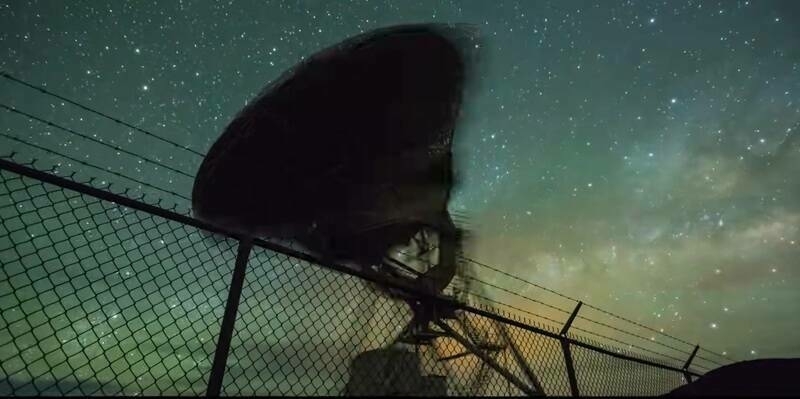Scientists from The University of Manchester, Queen’s University Belfast, and the Geological Survey of Denmark and Greenland have used extensive reflection seismic surveys to image the structure of the Earth beneath the seafloor off the coast of northwest Greenland.
Writing in the journal Nature Geoscience the study provides the first insight into millions of years of geological history of the northwestern Greenland Ice Sheet. This is the first study of its kind and provides an unprecedented insight into the dynamics of the Greenland Ice Sheet over the last 2.7 million years. By understanding the structure beneath the seafloor scientists are able to reconstruct what the Greenland Ice Sheet was doing and how it impacted the ocean environments around it.
This work shows that on at least 11 occasions during this time the Greenland Ice Sheet became so large that it extended over 120 km beyond its present-day margin during peak glaciation. During intervening warmer periods the ice sheet melted back to near the present-day coastline, resulting in significant global and regional sea-level rise. These findings are important to help how the Ice Sheet might evolve in the future in response to ongoing and future climate warming.
Professor Andrew Newton, jointly affiliated with both The University of Manchester and Queen’s University Belfast said: “This is an important result because it shows that over the last 2.7 million years the Greenland and Antarctic ice sheets has been highly dynamic, even when temperatures outside the ice ages were not as warm as today. This means that we can expect the ice sheet to directly respond to rising temperatures across the Arctic, which it is already doing.”
Professor Mads Huuse, The University of Manchester said: “By understanding how it changed in the past we may be able to get a better idea of how the Greenland and Antarctic ice sheets might change in the future. The information generated from this work can also be used to test the accuracy of numerical models that are used to project how climate might evolve in the future as it warms.
“The better these models are at recreating our observations of the past, the more confidence we can have in what they project for the future. Better climate models are essential for future planning and mitigation of the consequences of climate change, in particular the contribution to sea level rise of melting ice sheets.”
The Greenland Ice Sheet was also a topic in the recent David Attenborough-narrated docu-series Our Planet, by Netflix. The team captured jaw dropping footage, showing the scale and impact of millions of tonnes of ice collapsing into the sea.
- The Greenland Ice Sheet advanced across the continental shelf and over 120 km beyond its present-day location at least 11 times during the last 2.7 million years.
- The geology reveals that after these major advances there was major retreat of the Greenland Ice Sheet and this was accompanied by sea level rise.
- First major understanding of the long-term history of the ice sheet and its dynamic changes in ice flow patterns during the last 2.7 million years.
-
Data such as those generated here are a crucial test of numerical climate models.
Subscribe to our newsletter
Stay updated on the latest technology, innovation product arrivals and exciting offers to your inbox.
Newsletter

